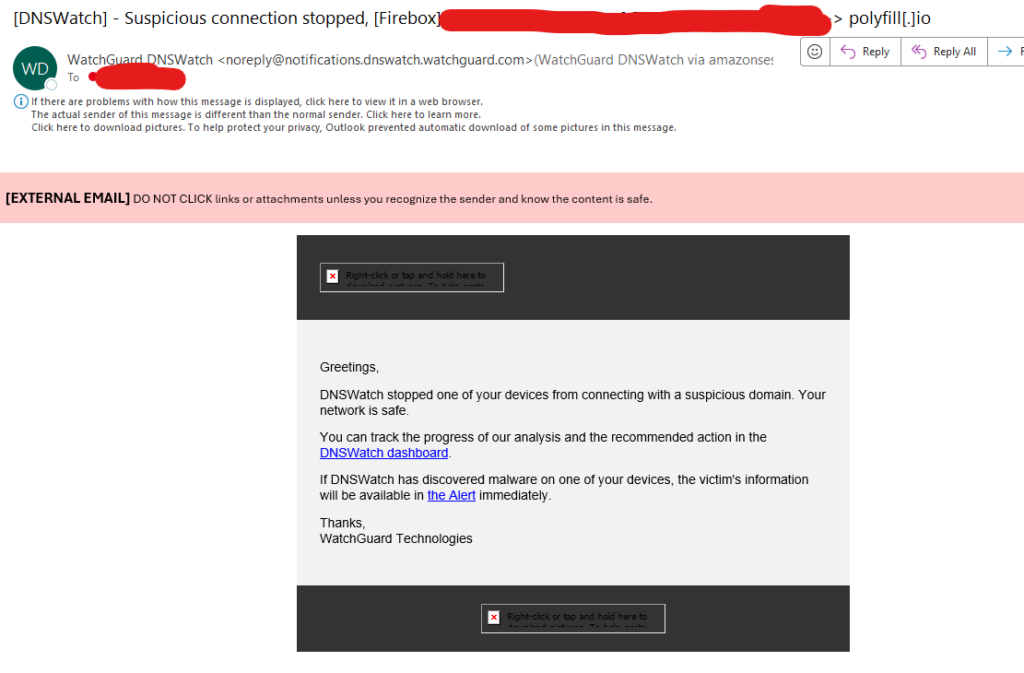
In late June 2024, details of a significant cyber attack came to light when Sansec reported that code hosted on the Polyfill.io domain had been altered. This modified code redirected users to adult and gambling websites. The attack was sophisticated, with the redirections occurring only at specific times of the day and targeting visitors who met certain criteria.
In February 2024, the Polyfill.io domain and GitHub account were acquired by Funnull, a Chinese CDN company, raising immediate concerns about the service’s legitimacy. Subsequently, malware injected through cdn.polyfill.io began redirecting users to malicious sites, affecting reports of over 300,000 websites, including high-profile sites such as WarnerBros, Hulu, Mercedes-Benz, Intuit, and the World Economic Forum. This sophisticated malware employs various evasion techniques, making it particularly challenging to detect and combat.
Polyfill.io is a service designed to improve the functionality of older web browsers by providing scripts, known as polyfills, that enable modern web features. These polyfills bridge the gap between new web standards and older browsers that do not natively support them, ensuring that websites function smoothly across different platforms and devices. By dynamically delivering only the necessary polyfills based on the user’s browser, Polyfill.io helps developers maintain compatibility without the need to manually include and manage multiple scripts. This service has been widely used by web developers to ensure a seamless user experience, regardless of the browser version.
If you suspect your website has been affected by the Polyfill.io attack:

The Polyfill.io attack highlights the importance of robust web security practices. By understanding how this attack works and taking proactive steps to secure your website, you can protect your business and maintain the trust of your customers. Stay vigilant, stay informed, and prioritise security to safeguard your business.
Empowering London Businesses with Efficient IT Solutions to Save Time and Stay Ahead of the Competition.